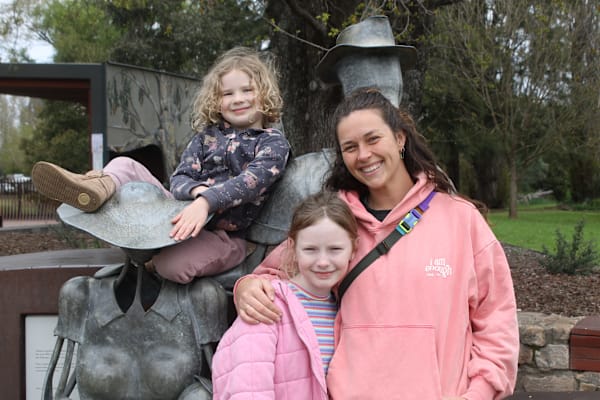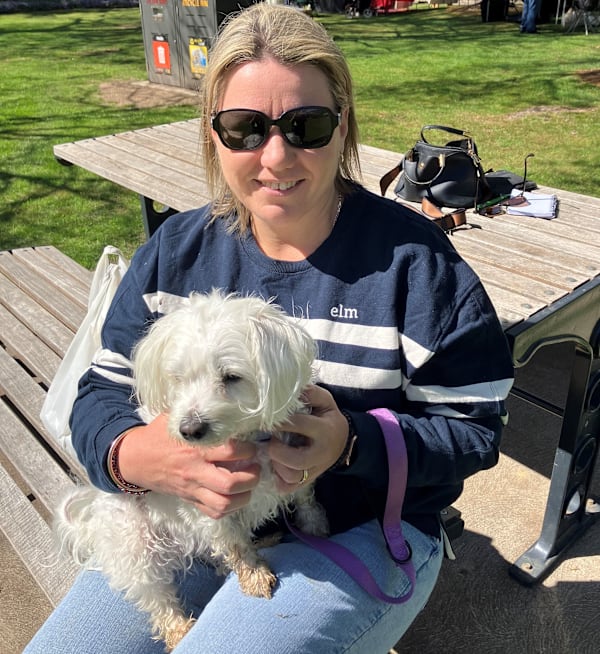ACCORDING TO Chiltern–based Kurt Hickling, storm chasing 'is a full tilt, adrenalin pumping passion that puts you on the edge of your seat and gives you a front row seat to the main event.'
During every storm season, (September–March), people in the North East prepare their properties in anticipation of severe weather events but for storm chasers, severe weather is an invitation to move toward danger, rather than away from it.
There are many 'chasers' across the area who are attracted to the beauty of storms and love to capture nature's violent expressions in what could be considered an extreme form of landscape photography.
A professional storm chaser for 25 years, Kurt loves putting himself in harm's way – all in the name of science and photography of course.
Kurt has been fascinated with thunderstorms and severe weather since he was 10 years old and wanted to pursue his passion for severe weather.
Latest Stories
In 1997 Kurt joined the Australian Severe Weather Association which was made up of a keen group of storm chasers and meteorologists, including former senior forecaster David Brown from the Bureau of Meteorology.
Together, the group learnt to understand the science of weather, which gave them the skills to anticipate Mother Nature's next move when they were out in the field.
Kurt felt that being taught by professionals was a very important stage that would take his passion forward in the right direction.
"I was privileged to learn from leading meteorologists such as David who helped me better understand the behaviour of severe weather events in Australia but more so in Victoria," Kurt said.
"This first hand education put me on a new level where I could continue to learn and grow as a storm chaser.
Over the years, Kurt developed strong skillsets such as understanding the dynamics and key ingredients that are required to produce a thunderstorm, and gained the knowledge to improve his ability to chase that 'perfect storm'.
He also learnt how to go about collecting valuable information that could be relayed back to Weatherzone and the Bureau of Meteorology in the hope of improving understanding on how a storm structure works and the ability to predict them in the future.
Chasing storms and photographing lightning is highly dangerous and poses risks to even the elite chasers.
Lighting is five times hotter than the surface of the sun and a single strike produces 300 million amps of electricity, travels 4,345,200 km/second and can hit with deadly force.
Despite these dangers, Kurt uses radar and lightning tracking devices to get advanced warning of an approaching storm or alerts of a new storm forming.
Lightning photography and observation is a passion for many people in the community who are fascinated with the way lightning can gracefully dance across the sky or create a direct strike that lets off a sonic boom that can shake a house or small structure.
Kurt never becomes immune to close lightning strikes saying that it's a constant reminder of who has the upper hand.
"When you are after that perfect photo there are always risks as lightning is unpredictable and very powerful," Kurt said.
"I have been close to lightning numerous times with the closest being less than 20 metres – it pushed me over with the sheer force of the lightning expanding and contracting the surrounding air.
"No matter how many times I go out collecting data or taking photos, I constantly remind myself that utmost respect needs to be shown because of the changing dynamics of a thunderstorm."
Kurt also had first hand experience with a tornado that formed just outside of Springhurst this year while out taking photos.
"It was my first encounter with a tornado and while it was moving away from my location at more than 50 km/hour, it was a surreal and scary experience."
Kurt uses various instruments that give readings such as speed on inflow and outflow winds as well as downdrafts, which are part of the ingredients that drive a thunderstorm.
Lightning detectors are another device that are used in the field and indicate a strike rate per minute and shows if the storm is approaching or moving away.
Incredibly, anyone can create their own lightning tracker at home as each single lightning strike produces a unique radio frequency and can be picked up by any radio using AM frequency.
This signal will produce a pronounced sound which governs the potential distance from where the strike earthed to the ground.
Thunderstorms are a dangerous, yet beautiful, phenomena that are usually the topic of choice around the dinner table during storm season with the severe weather able to impact and damage homes and properties.
However, with the help of local storm chasers and modern technology, ways of improving advanced warnings and detailed information will be a giant leap forward for communities.
From July 27, Kurt will share his knowledge on detectors, lightning, and tornados through our Science and Technology column in the Regional Extra supplement.















